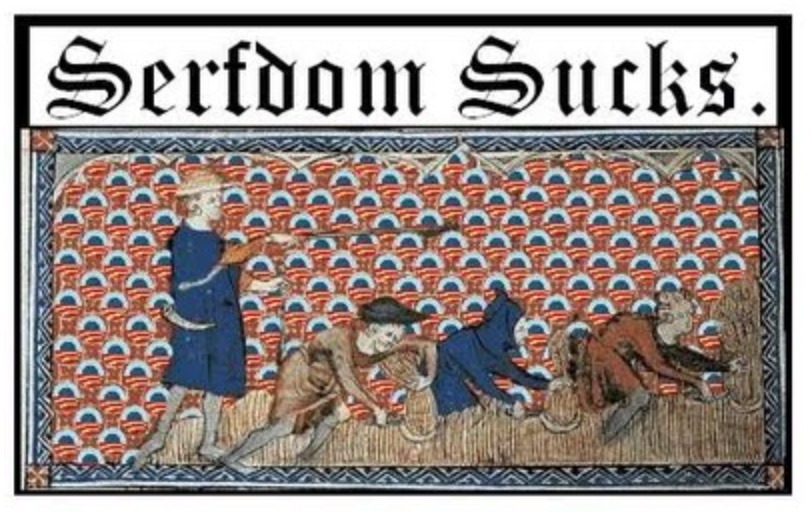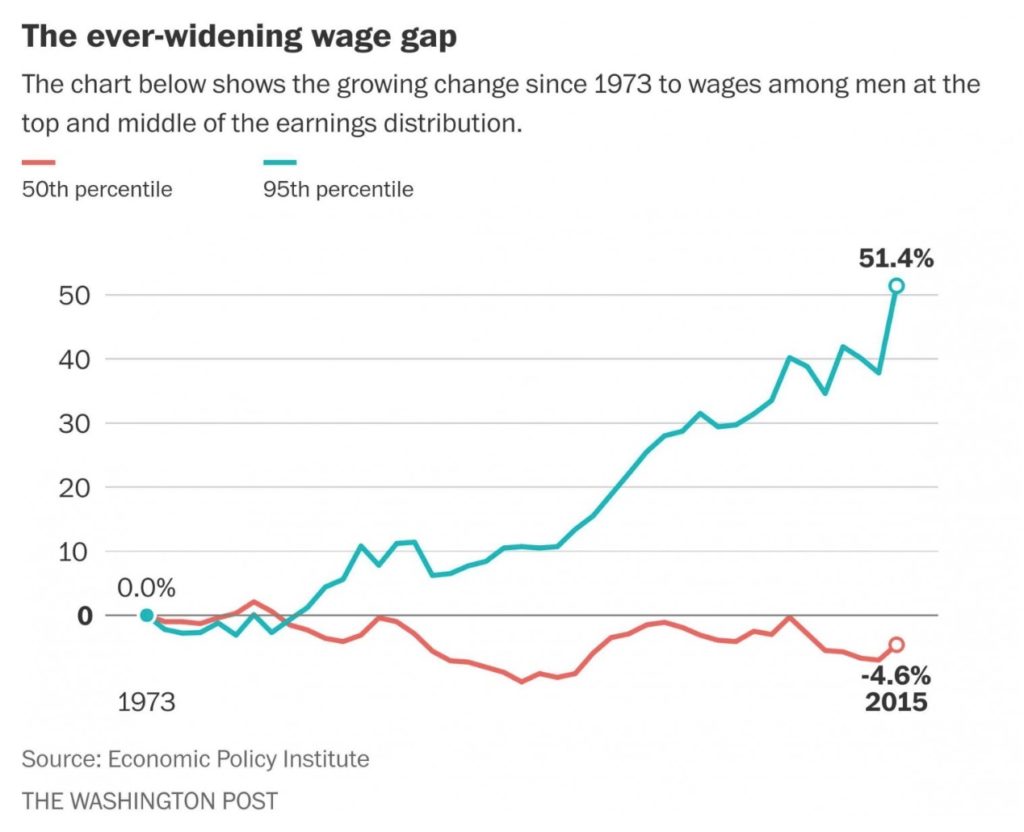
Painting by Johann Ludwig Ernst Morgenstern – Public Domain
Rising food prices — as the USDA has forecast for 2022 — may seem like a good thing for farmers.
After all, who wouldn’t like to see some more cash? Farmers, like everyone else, have been through a lot lately. Years of stagnant or falling farm income in many ways paralleled the stagnant wages of so many Americans. The COVID-19 pandemic sent shockwaves through our supply chain, crashing farm prices and disrupting markets.
But the story is not so simple.
Inputs – that’s where the problem lies. Whether it’s fertilizer, seed, machinery or fuel, farmers are having to pay more to grow our nation’s food. The war in Ukraine has led to fuel and fertilizer shortages, another component of the soaring input costs.
Clearly, corporations are also price gouging. With every aspect of agriculture being highly consolidated, it’s easy for companies to do as they wish, as just four firms control over 60% of our seed, another four determine what happens with 75% of fertilizer in the U.S., and still four others set the terms for over 75% of grain sales. Meanwhile, some corporations, instead of allowing farmers to repair their own machinery, require them to seek out pricey company-authorized technicians when things break down.
Corporate agribusiness controls the food system, racking up profits while farmers and consumers dance to their tune.
So, what’s the answer, who should we look to in times like these?
Peasants, that’s who. Peasants actually produce food for their families and communities, not commodities for the global economy.
Most American farmers probably think it laughable to see peasant farming as a model. American farmers are told that they feed the world, while peasants work small acreages and think in terms of food diversity and food sovereignty, not mono-cultures and global markets.
…click on the above link to read the rest of the article…







